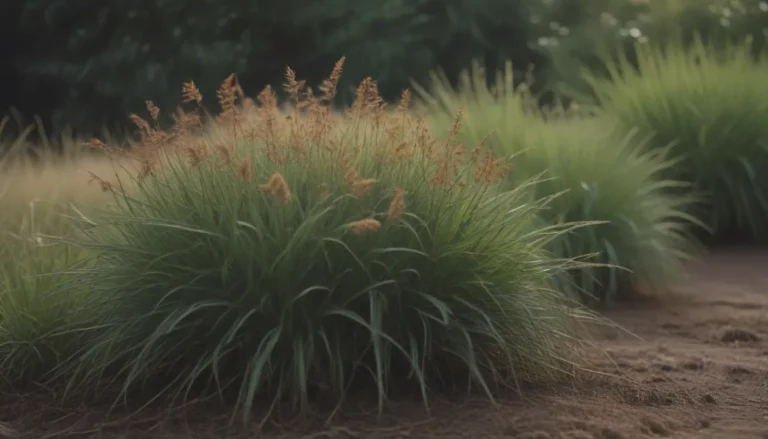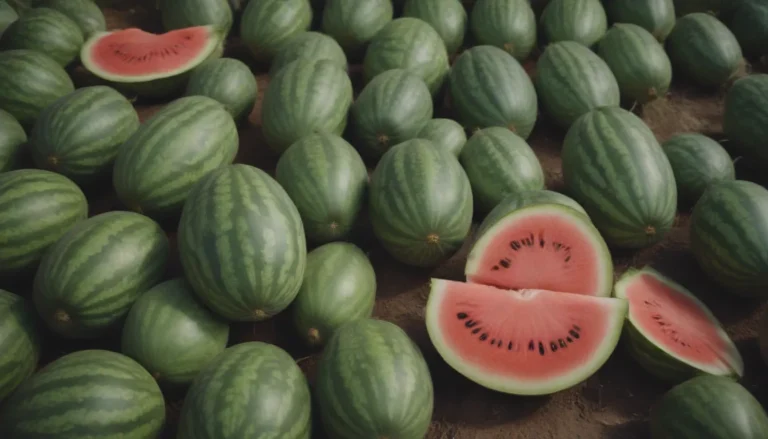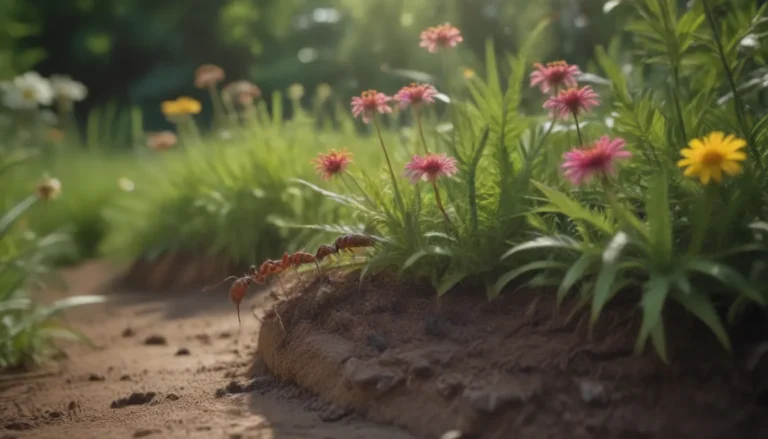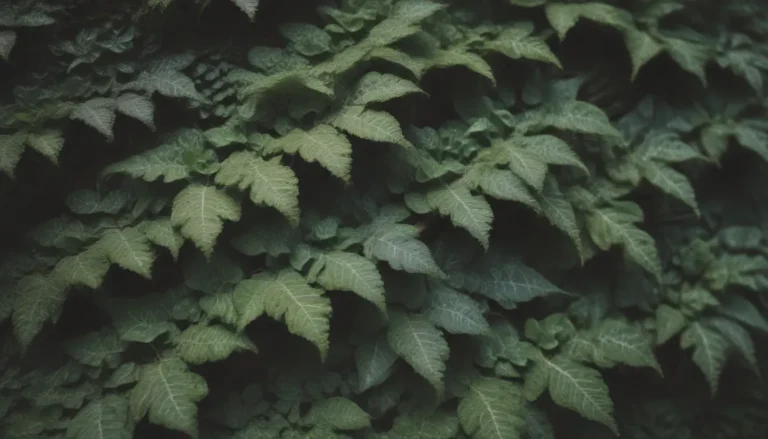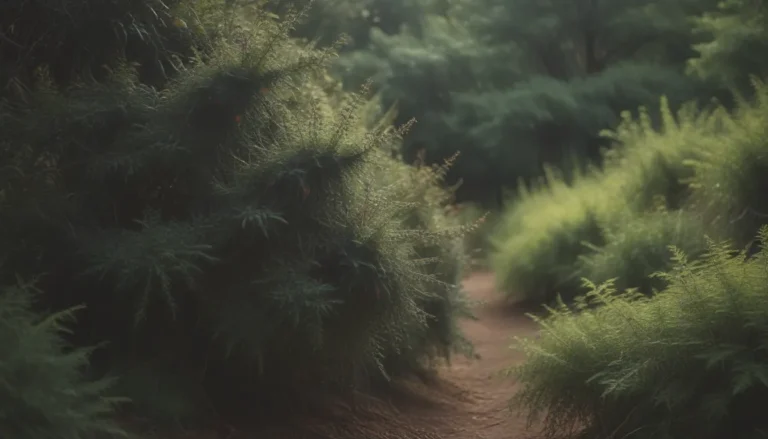Ultimate Guide to Growing and Caring for Rose Bushes
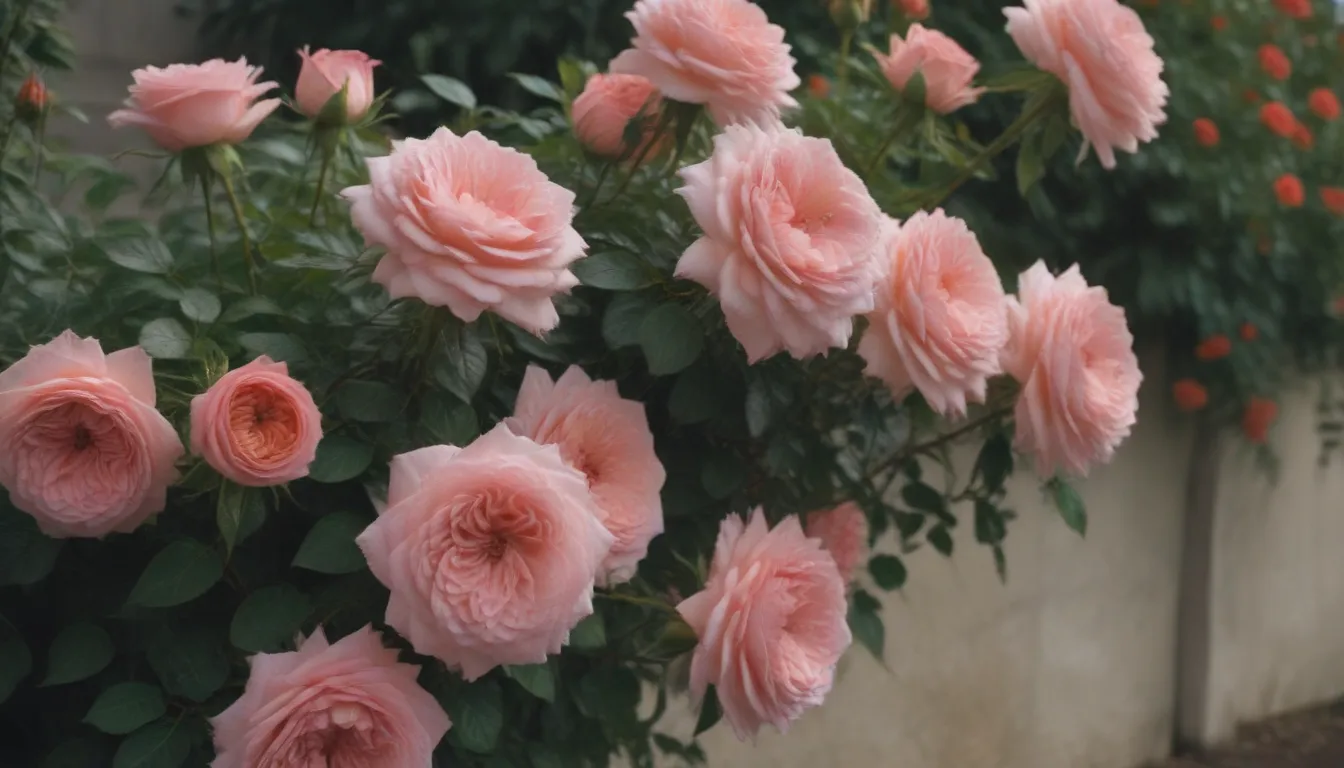
If you’re looking to add a touch of elegance and beauty to your garden, rose bushes are the perfect choice. These fragrant blossoms come in a wide range of colors and can be grown in various forms – from upright shrubs to trailing varieties. While roses have a reputation for being high-maintenance plants, the truth is they are quite resilient and can thrive with minimal care. With the right knowledge and a little bit of effort, you can enjoy a garden full of vibrant roses all season long.
Planting and Caring for Roses
Growing successful roses starts with proper planting and care. Here are some essential tips to help you keep your rose bushes healthy and thriving year-round:
Planting
- Plant roses in deep holes filled with amended soil for proper drainage.
- Follow specific planting instructions for your rose type.
- Encourage roots to grow straight down by forming a cone at the bottom of the planting hole.
Care
- Prune and feed established plants in spring, following local climate guidelines.
- Apply sprays for disease and pest control when necessary.
- Deadhead plants after blooming to promote new growth and blooms.
Light
- Aim for six hours of morning sun rather than afternoon sun.
- Proper sunlight exposure is crucial for healthy rose growth.
Soil
- Roses thrive in loamy, well-drained soil with a pH of 6.5 to 6.8.
- Enhance soil quality with amendments and promote drainage with peat moss.
Water
- Water deeply twice a week, avoiding late-evening watering.
- Water at ground level to prevent powdery mildew.
Temperature and Humidity
- Maintain temperatures between 60 and 70°F and humidity levels between 60% and 70%.
Fertilizer
- Feed roses monthly with a 10-10-10 rose fertilizer during active growth periods.
Types of Roses
With over 100 different species and countless cultivars, roses come in various shapes and sizes. Here are some popular categories of roses to explore:
- Hybrid tea
- Polyanthas
- Floribunda
- Grandifloras
- Old roses
- Wild species
Pruning Your Rose Bushes
Pruning is essential for maintaining healthy and vibrant rose bushes. Use bypass pruners to avoid crushing stems, and consider the climate in your region when pruning. Proper pruning will help promote new growth and blooming.
Propagating Roses
If you’re interested in propagating roses from your existing bushes, plant cuttings are a great option. Follow these steps to successfully propagate roses:
- What You’ll Need
- Where to Cut
- Maintaining the Cutting
- When to Plant the Cutting
Growing Roses From Seed
While growing roses from seed can be labor-intensive and time-consuming, it’s possible with the right methods. Consider using cuttings or bare root plants for faster results.
Overwintering Your Roses
In cold climates, roses may need winter protection to survive harsh conditions. Consider planting near a house foundation or using the “Minnesota Tip” method for added protection.
Common Pests and Plant Diseases
While roses are generally hardy plants, they can still fall victim to pests and diseases. Keep an eye out for common issues like powdery mildew, black spot, and insect pests. Proper spacing, watering practices, and preventive measures can help keep your rose bushes healthy.
Blooming Roses
To encourage continuous blooming, provide roses with adequate water, fertilizer, and care. Regular deadheading will promote new blooms, and some varieties are more likely to bloom throughout the summer.
Common Problems With Roses
Well-maintained roses are less prone to common problems like mildew or winter damage. Consider the longevity and characteristics of different rose varieties when choosing plants for your garden.
In conclusion, growing and caring for rose bushes can be a rewarding experience with the right knowledge and effort. By following these tips and guidelines, you can enjoy a garden full of beautiful and vibrant roses throughout the year. Whether you’re a seasoned gardener or a beginner, there’s something special about tending to these timeless and elegant flowers. Happy gardening!
